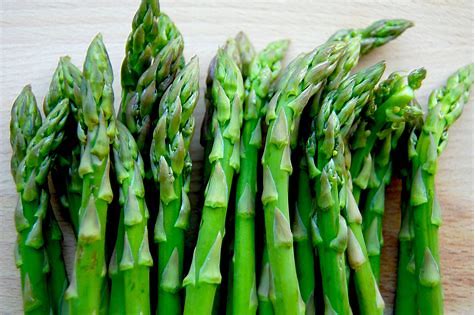Gut health is finally on the scene and making a come back. We all came from ancient populations that understood it and then we lost our way. Now we're talking about it again and maybe making it more confusing than it has to be. There are probiotics and prebiotics and a load of drugs and supplements you can buy to improve gut health. So which do you need and when?
When you break it down it's simple. Your gut controls everything. If its not happy, you won't be either. If you are not well, you can bet your gut is feeling it too. What it needs and wants it a whole food, balanced diet. It's not screaming at you because it is lacking sugar, dairy, flour or medication.
Probiotics are foods with living organisms that feed your gut what it needs for balance. These are usually called cultured, live cultured or fermented foods. You can easily make your own but today there are so many new options to buy quality cultured or fermented foods. These might include miso, kombucha, yogurt, sour cream, sauerkraut, kefir, tempeh, pickles, kimchi, apple cider vinegar and some cheese products. These products can be made without the benefits you seek, so, unless the label tells you that these products have live cultures or that they are fermented, you don't have what you need. Note: The addition of dairy sounds counter to the goal, but with cultures all things change. It's a bit of the same with sourdough bread. It does not have the probiotic effect even though it is started with a live culture, but the flours are broken down in a way that changes the digestion process.
Enter the prebiotic...
Just as you thought you had it settled, the prebiotic came on the scene and complicated things.
Think of the prebiotic as good soil or the fertilizer for probiotics. The probiotics are the live cultures that we want to grow good bacteria in our guts. They are going into a war zone after the typical diet and will do their best to multiply and balance against bad bacterias. Eating prebiotic foods is a bit of insurance for probiotics. It gives probiotics a rich food supply in the gut so they can multiply and do a better job.
Even though you can buy prebiotic supplements there are plenty of natural sources that can be incorporated into your diet. Some of the greatest sources of prebiotics are:
Raw Chicory Root
Raw Jerusalem Artichoke
Raw Dandelion Greens
Raw Garlic
Raw Leeks
Raw Onions
Cooked Onions
Raw Asparagus
Raw Wheat Bran
Baked Wheat Flour
Raw Banana
Other good sources include, cabbage, beans, legumes, lentils, radishes, coconut meat, coconut flour, flax, chia seeds. tomatoes, jicama and yams.
The video below gives an overview of gut health and how important it is to your life. (The photo is somewhat unrelated and it is not actually a c-section video.) The docs here will tell you that these are revolutionary findings...hmmm. Seems a guy named Hippocrates told us the same thing over two thousand years ago when he said, "All disease begins in the gut."
| |
